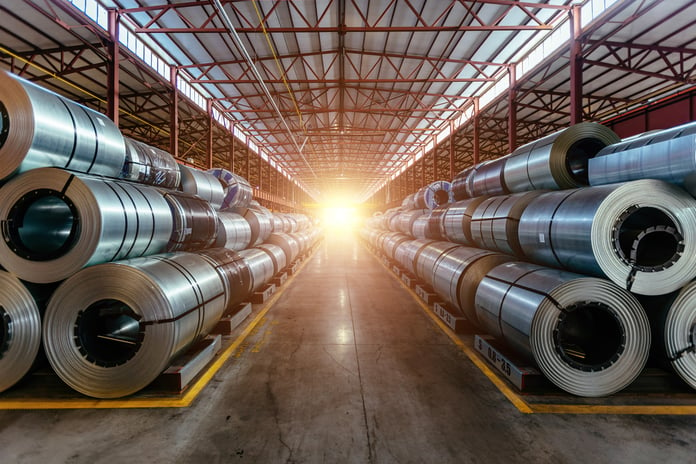Doing nothing is not an option
Businesses with a strong sustainability agenda will be proactive about issues such as energy and will be employing smart solutions. As the world grapples with a global energy crisis, this is more important than ever. I recently visited a textiles factory who are using AI to identify and diagnose machinery requiring maintenance. This replaced the approach they had used for years of conducting maintenance according to a schedule, enabling them to be more efficient in their use of energy (identifying inefficient energy consumption more quickly) and more efficient in their approach to production (only shutting down machinery for maintenance when needed).
From a cost perspective, we cannot expect that in the short term at least that energy costs will go down. For many businesses, it makes financial sense to secure access to alternative sources of energy and to seek ways of using energy more efficiently, possibly through the use of innovative technology such as artificial intelligence.

Different sectors face different impacts
For sure, different sectors and industries are impacted by clean energy transition in different ways. We are already seeing the transition to electric vehicles in the automotive sector. Without diversification and evolution in their production offering, manufacturers of combustion engine gearboxes, for example, are facing a total extinction event. Agrofood is bearing the brunt of climate disasters with entire harvests wiped out by drought, fires or floods. Carbon intensive industries such as steel manufacturing will require significant capex to invest in energy transition.
In the recent Atradius Clean Energy Transition live event, the head of Trade Credit at global steel manufacturer ArcelorMittal, Robert Leportier, described how the industry has forged steel in the same way for 200 years. For the steel industry, energy transition requires EUR billions of investment in new technology to enable steel to be created in electric or hydrogen furnaces without the need for coke or coal. Gido van Graas, from ING bank, confirmed that banks and investors do have an appetite for financing clean energy transition, in addition to support or tax breaks offered by governments, as part of the same event.
Credit risk management remains the same regardless of risk
In many ways, the challenges of clean energy transition and the global energy crisis are not so very different to previous global challenges and crises. Businesses are used to working through a recession and, of course, a pandemic. Order flows are never continuous, they go up and down. Our credit risk management advice remains the same, know your customer. How exposed are you, at what point should you start negotiating payment plans? Is it better to work with your customer through the squeeze, or should you withdraw the credit and reduce your exposure? At the same time, how is your customer investing in their future? Are they sustainable?
Robert Leportier also acknowledged the importance of monitoring the energy transition actions of customers and suppliers during the panel discussion. He said: “[Businesses that] are not doing anything on decarbonisation, they are not sustainable in time... Businesses which are too associated with coal for example, I don't think they have a bright future.”



